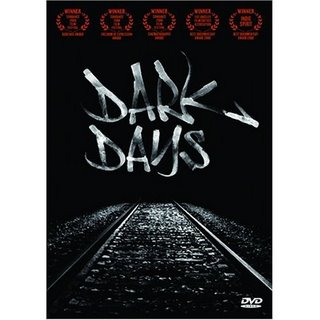Point Break (1991, dir. Kathryn Bigelow)
 Point Break (1991, dir. Kathryn Bigelow)
Point Break (1991, dir. Kathryn Bigelow)What Is It?: A surprisingly effective actioner about a FBI agent infiltrating a surfer/bank thief gang.
What About It?: Yes, the movie that brought Keanu "Canoe" Reeves to the masses as an action star and the first action movie directed by a woman to be a financial success. Point Break really isn't a bad flick. Bigelow directs with a visual flair and an excellent feel for telegraphing character efficiently. The story itself is fairly standard undercover cop stuff, with buckets of new age-esque hullaballoo, but it somehow feels fresh in Bigelow's hands. In particular, Bigelow's use of an unusual voice over in the montage/extreme sports scenes was a gutsy decision. The Lost Classic can't imagine what it must have looked like on paper, but it worked pretty well. Somewhat ahead if its time, Point Break has spawned many hellish pretenders, but the original stands up.
Why Should I See It?: Because it's a fun movie, if a touch overlong. And there's fine character work handed in by Gary Busey, James LeGros in an early role, and the cranky John C. McGinley. The foot race between Reeves and Patrick Swayze is one of the best committed to celluloid, though the Lost Classic kept thinking of the poor stunt guy who had to run all that way and how stoked Swayze must've been that his character had a mask on.
What Else Is It Like?: The Fast and the Furious (more like a remake than 'similar'), Domino, xXx.
Reserve it at the Multnomah County Library
-- ddt/pdx





